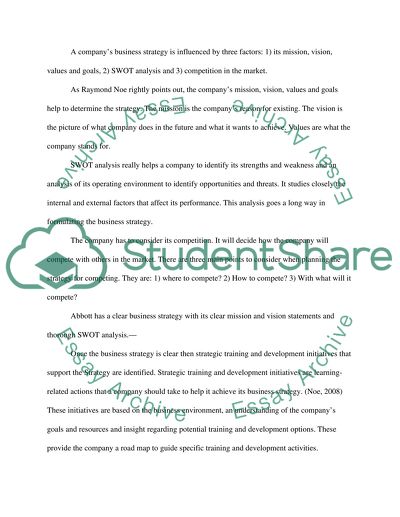Cite this document
(“Employee Training and Development at Abbott Case Study”, n.d.)
Employee Training and Development at Abbott Case Study. Retrieved from https://studentshare.org/miscellaneous/1512334-employee-training-and-development-at-abbott
Employee Training and Development at Abbott Case Study. Retrieved from https://studentshare.org/miscellaneous/1512334-employee-training-and-development-at-abbott
(Employee Training and Development at Abbott Case Study)
Employee Training and Development at Abbott Case Study. https://studentshare.org/miscellaneous/1512334-employee-training-and-development-at-abbott.
Employee Training and Development at Abbott Case Study. https://studentshare.org/miscellaneous/1512334-employee-training-and-development-at-abbott.
“Employee Training and Development at Abbott Case Study”, n.d. https://studentshare.org/miscellaneous/1512334-employee-training-and-development-at-abbott.


